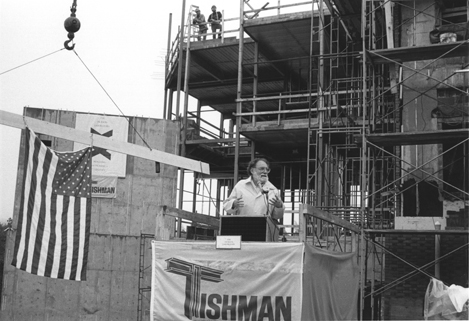
Faculty Research 1990 - 1999
Expression screening of a yeast artificial chromosome contig refines the location of the mouse H3a minor histocompatibility antigen gene.
Document Type
Article
Publication Date
1998
Keywords
Animal, Chromosomes, Yeast Artificial/*genetics, Cloning, Molecular, Cytotoxicity Tests, Immunologic, Loss of Heterozygosity/immunology, Mice, Mice, Inbred C3H, Mice, Inbred C57BL, Minor Histocompatibility Antigens/biosynthesis/*genetics, Minor Histocompatibility Loci/*genetics/immunology, Molecular Sequence Data, Restriction Mapping
First Page
821
Last Page
828
JAX Source
J Immunol 1998 Jul 15;161(2):821-8
Grant
R01AI28802/AI/NIAID, RO1AI24544/AI/NIAID, CA34196/CA/NCI
Abstract
The H3 complex, on mouse Chromosome 2, is an important model locus for understanding mechanisms underlying non-self Ag recognition during tissue transplantation rejection between MHC-matched mouse strains. H3a is a minor histocompatibility Ag gene, located within H3, that encodes a polymorphic peptide alloantigen recognized by cytolytic T cells. Other genes within the complex include beta2-microglobulin and H3b. A yeast artificial chromosome (YAC) contig is described that spans the interval between D2Mit444 and D2Mit17, a region known to contain H3a. This contig refines the position of many genes and anonymous loci. In addition, 23 new sequence-tagged sites are described that further increase the genetic resolution surrounding H3a. A novel assay was developed to determine the location of H3a within the contig. Representative YACs were modified by retrofitting with a mammalian selectable marker, and then introduced by spheroplast fusion into mouse L cells. YAC-containing L cells were screened for the expression of the YAC-encoded H3a(a) Ag by using them as targets in a cell-mediated lympholysis assay with H3a(a)-specific CTLs. A single YAC carrying H3a was identified. Based on the location of this YAC within the contig, many candidate genes can be eliminated. The data position H3a between Tyro3 and Epb4.2, in close proximity to Capn3. These studies illustrate how genetic and genomic information can be exploited toward identifying genes encoding not only histocompatibility Ags, but also any autoantigen recognized by T cells.
Recommended Citation
Zuberi AR,
Christianson GJ,
Dave SB,
Bradley JA,
Roopenian DC.
Expression screening of a yeast artificial chromosome contig refines the location of the mouse H3a minor histocompatibility antigen gene. J Immunol 1998 Jul 15;161(2):821-8

